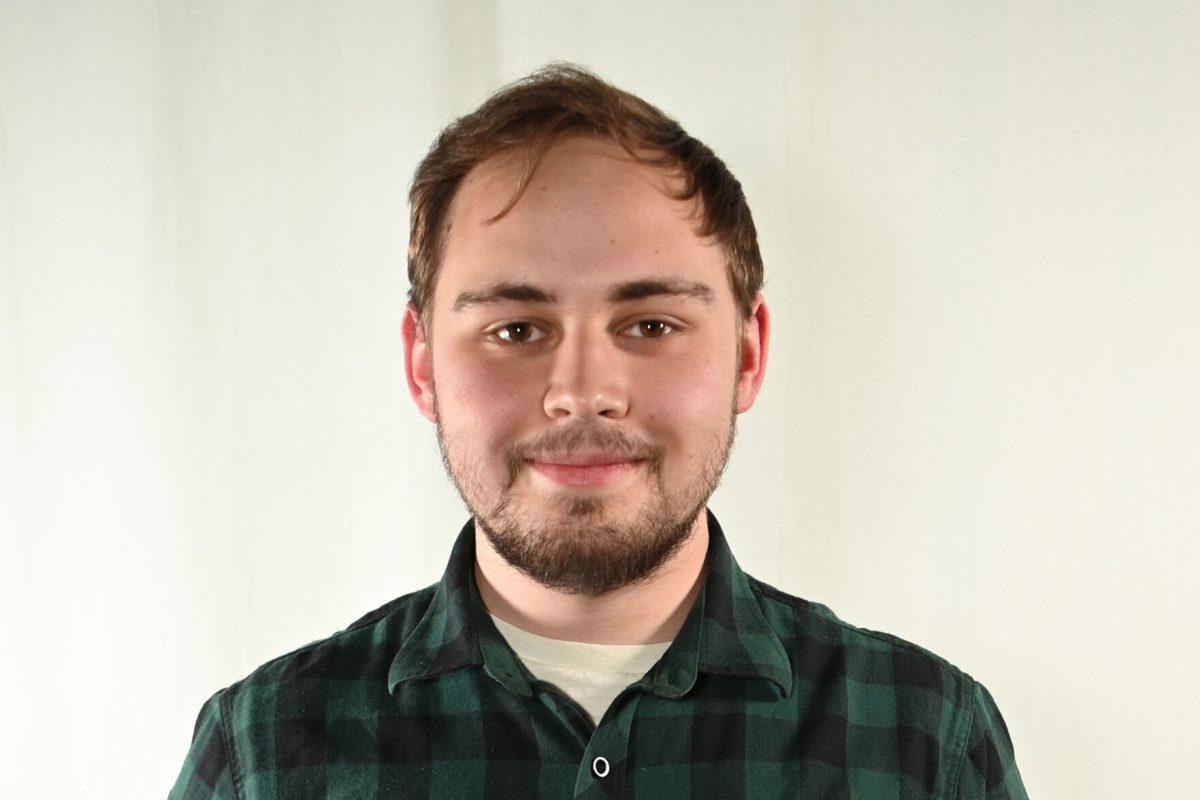In recent years, a lot more of us have become familiar with the term intersectionality. While the term was popularized by Kimberlé Crenshaw in a 2016 TED Talk, the phenomenon had been widely observed and discussed by artists and writers for decades. One of the most prolific artists who wrote about the intersections, or in her own words, “worlds,” she existed at, was Audre Lorde.
Audre Lorde was born on Feb. 18, 1934, in New York City to Grenadian-immigrant parents. She began writing poetry as a young adolescent and was published in Seventeen magazine before graduating high school. Years later, Lorde would go on to study at the National University of Mexico in Cuernavaca, complete her undergraduate degree at Hunter College and gain her graduate degree in library sciences at Columbia University. At this time in Lorde’s life, she became more confident in her identity as a lesbian poet.
Lorde was married to Edwin Rollins, a white, gay man, for eight years. In that time they had two children, Elizabeth and Jonathan, before they divorced in 1970. Two years later, Lorde would meet her partner, Frances Clayton, who she would stay in a loving relationship with for nearly 20 years. During this time Lorde worked as a librarian in the New York Public School system.
From 1968 to 1972, Lorde published three poetry collections, and would publish three more in the six years following. While Lorde’s poetry had always been about her intersectional identity, it was in the 1970s and 1980s that her poetry on being a Black lesbian began to capture the public.
Her poem “A Woman Speaks” illustrates the perception and history of Black women in a way that re-emphasizes that white and Black women do not have the same lived experiences.
In a 1978 poem, “A Litany for Survival,” Lorde wrote about generational trauma and the fear that comes with living as a marginalized person in America.
Another poem, “Afterimages,” describes the trauma Lorde and the Black community experienced, particularly after the death of Emmett Till.
Lorde also published a few essays, one being “The Master’s Tools Will Never Dismantle The Master’s House.” In that essay, Lorde writes about “racist feminism” and how the notion that it is the job of Black women to educate women on racism and men on patriarchy fails to dismantle those systems. Instead, she argues that we have to look critically at our world, where we sit in it and what that means for the choices we make.
In 1977, Lorde was diagnosed with breast cancer. She kept journals and wrote extensively about the preparation for and recovery from her mastectomy. She later adapted these journals into a book, “The Cancer Journals.”
Throughout her journals, Lorde reconsiders the various “worlds” she inhabits and moves through as a Black lesbian mother and poet as she is faced with her own mortality. She uses “The Cancer Journals” to define herself by herself.
Lorde also reflects on the care and lack thereof she has experienced during the process of cancer diagnosis, mastectomy and recovery. In some instances she speaks about how women, particularly queer women, were with her every step of the way. In others, she describes how much of the rhetoric surrounding breast cancer at the time was not focused on stopping the causes of cancer or implementing better practices for treating it.
While Lorde did survive her first diagnosis, she tragically did not survive the return of her cancer years later and died in 1992. From 1991 to 1992, Lorde acted as Poet Laureate for the state of New York.
Lorde’s life and work was never just about her identity; it was about the communities she shared and the love and compassion that could be. In her own words: “It is not our differences that divide us. It is our inability to recognize, accept, and celebrate those differences.”














